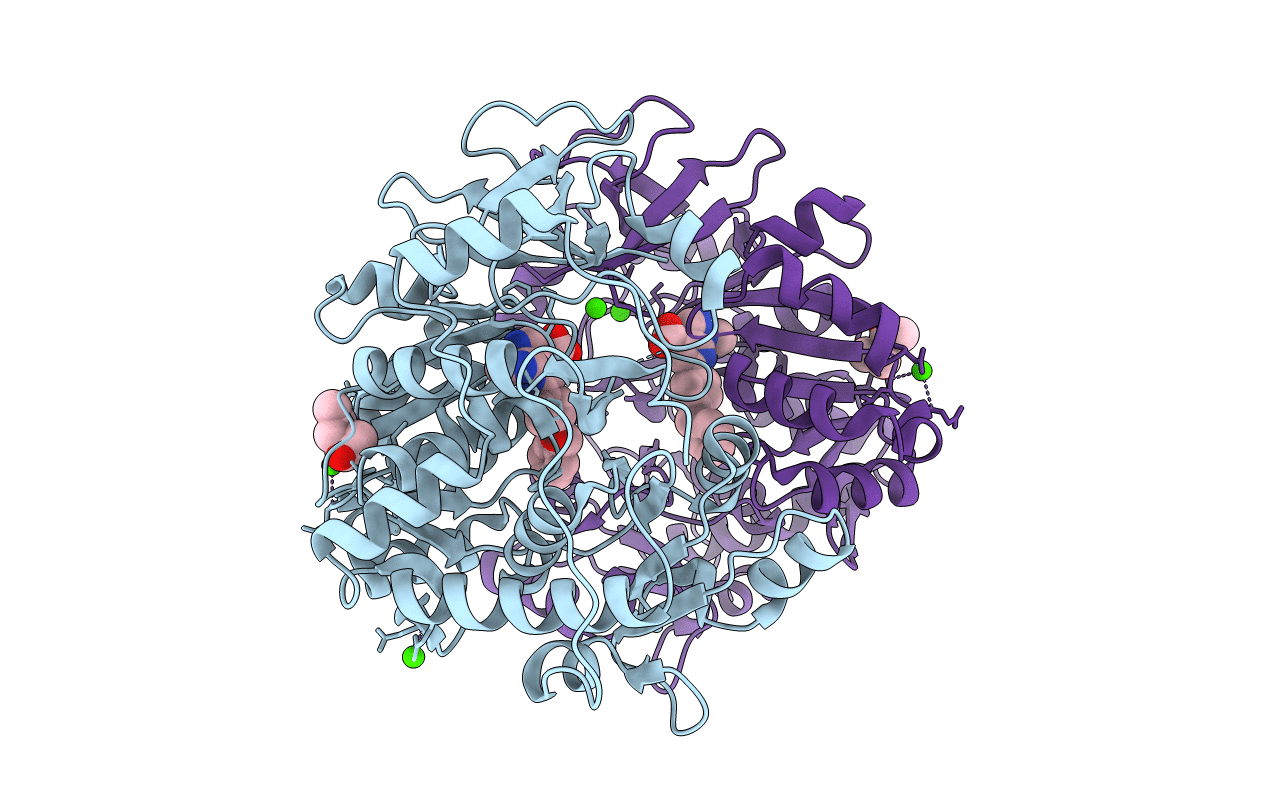
Deposition Date
2011-09-29
Release Date
2012-10-03
Last Version Date
2023-09-13
Entry Detail
PDB ID:
3U16
Keywords:
Title:
Structure of BasE N-terminal domain from Acinetobacter baumannii bound to 6-(p-benzyloxy)phenyl-1-(pyridin-4-ylmethyl)-1H-pyrazolo[3,4-b]pyridine-4-carboxylic acid.
Biological Source:
Source Organism:
Acinetobacter baumannii (Taxon ID: 405416)
Host Organism:
Method Details:
Experimental Method:
Resolution:
2.10 Å
R-Value Free:
0.21
R-Value Work:
0.18
R-Value Observed:
0.18
Space Group:
P 21 21 21


